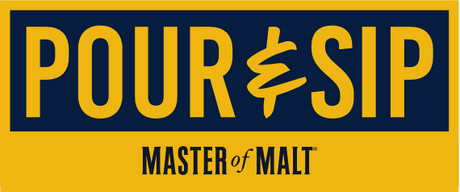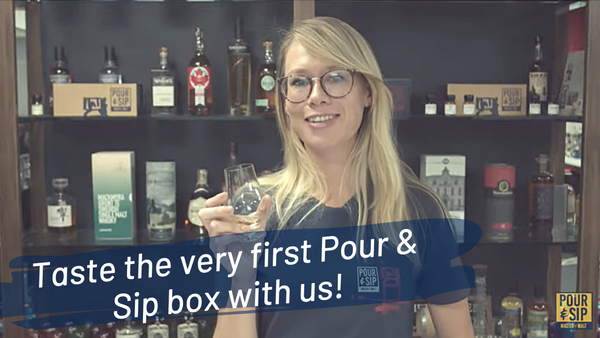Fermentation [fun]damentals in whisky
![Fermentation [fun]damentals in whisky](http://pourandsip.com/cdn/shop/articles/iStock-482804409_1200x.jpg?v=1638271105)
We can’t believe we haven’t covered this before – let’s get stuck into all the fun of fermentation, something that’s becoming increasingly talked about in the whisky world.
Every whisky goes through a fermentation process – it’s impossible to make the water of life without it. So why have I chosen now to discuss this common process? Because of the Cotswolds Single Malt in your boxes this month, that’s why.
In a simple timeline, whisky making goes like this: malting (when the barley is sprouted, producing the enzymes that turn starch into sugar), mashing (when the barley is mixed with water to produce fermentable sugars), fermentation (when yeast is added and the magic happens), then distillation, and finally maturation. On average, fermentation lasts for around 60 hours, but the Cotswolds Distillery uses a 90-hour fermentation. That’s nearly four days! Why is this, and what does it achieve? We’re about to find out.
The time
Simply put, shorter fermentations result in nuttier, cereal-forward spirits, while longer fermentations produce more congeners (which is basically a fancy science word for scents and flavours) including esters (chemical compounds responsible for ripe fruit aromas). Pretty much all esters are desirable because they produce these fruity notes, whereas congeners can vary in how desirable they are in a spirit – acetone is an example of a congener, so while it is desirable in mature Cognacs, Port, and sherried whiskies, you can see why you don’t want too much of that.

Once the yeast is added to the mash (which is just barley and warm water), this is known as wort. After the yeast has done its work and the liquid is fermented, the liquid is called wash, which is essentially a very basic beer. Wash is what is then distilled.
Science time: yeast eats the sugar in the wort, which in turn produces carbon dioxide and, most importantly for us, alcohol. For Cotswolds Distillery, in the first 48 hours of its 90-hour process, the yeast is busy producing alcohol, and it’ll end up at around 8% ABV. After that, the alcohol doesn’t increase anymore, but that doesn’t mean that nothing much happens for the rest of the time. Over the course of the third and fourth day of fermentation, the wash fills with bacteria – the good kind, of course, usually the lactobacilli species (more on those later). This wash becomes more acidic thanks to the lengthy fermentation, and it’s this acid that combines with the alcohol to form esters, the flavour compound responsible for ripe tropical fruit flavours.

The yeast
Yeast types control many variables, not least the alcohol yield, as well as the speed and intensity of the fermentation process. Cotswolds Distillery selects its two dried yeast strains not just for their consistent yields, but for the flavours they produce.
Thinking back to Wilderness Trail, before the distillery, the co-founders ran (and still run) a biotech company, selling yeast, enzymes, and nutrients to hundreds of distilleries and breweries, taking all that knowledge to their own production – it’s absolutely key to their process and end product. Distillers need a yeast that can stand up to a whole host of tough conditions, like high sugar and alcohol contents, as well as high temperatures.
The vessel
It’s not just alcohol and acidity that produces esters – there’s another vital component in the mix. What’s interesting is that it’s lactobacilli (which we’ll calls LABs to make less complicated) that are also responsible for all those estery, fruity flavours. You’re far more likely to find these bacteria in wooden washbacks (though you will also find them in metal pipes and vessels). The LABs feed on dead yeast cells, and certain sugars which the yeast couldn’t convert, but they only come out after the first 48 hours or so.
Fermentation may not be glamorous, but it sure is important – and we’re expecting to hear a lot more about it in the future.
Jess




